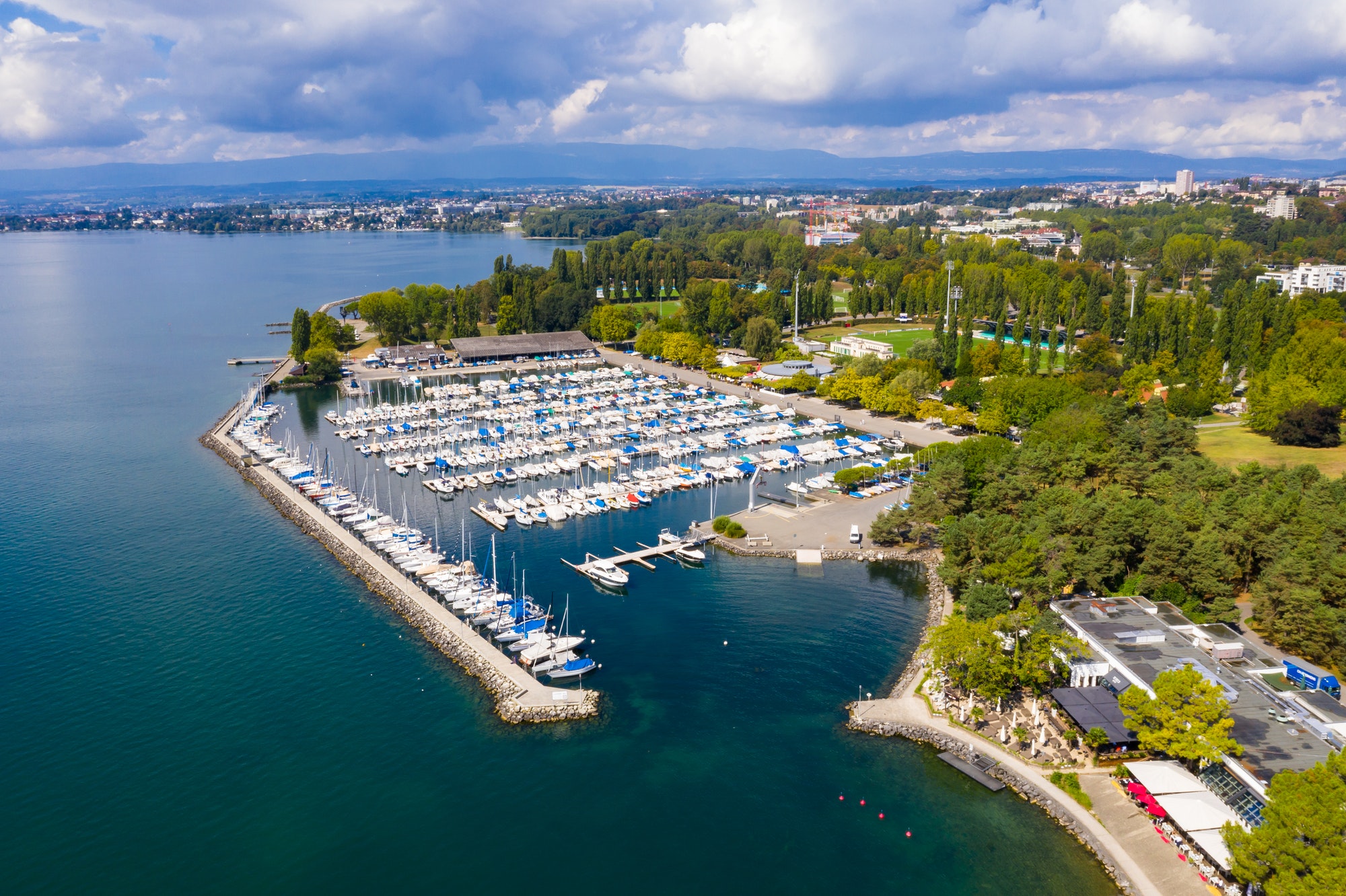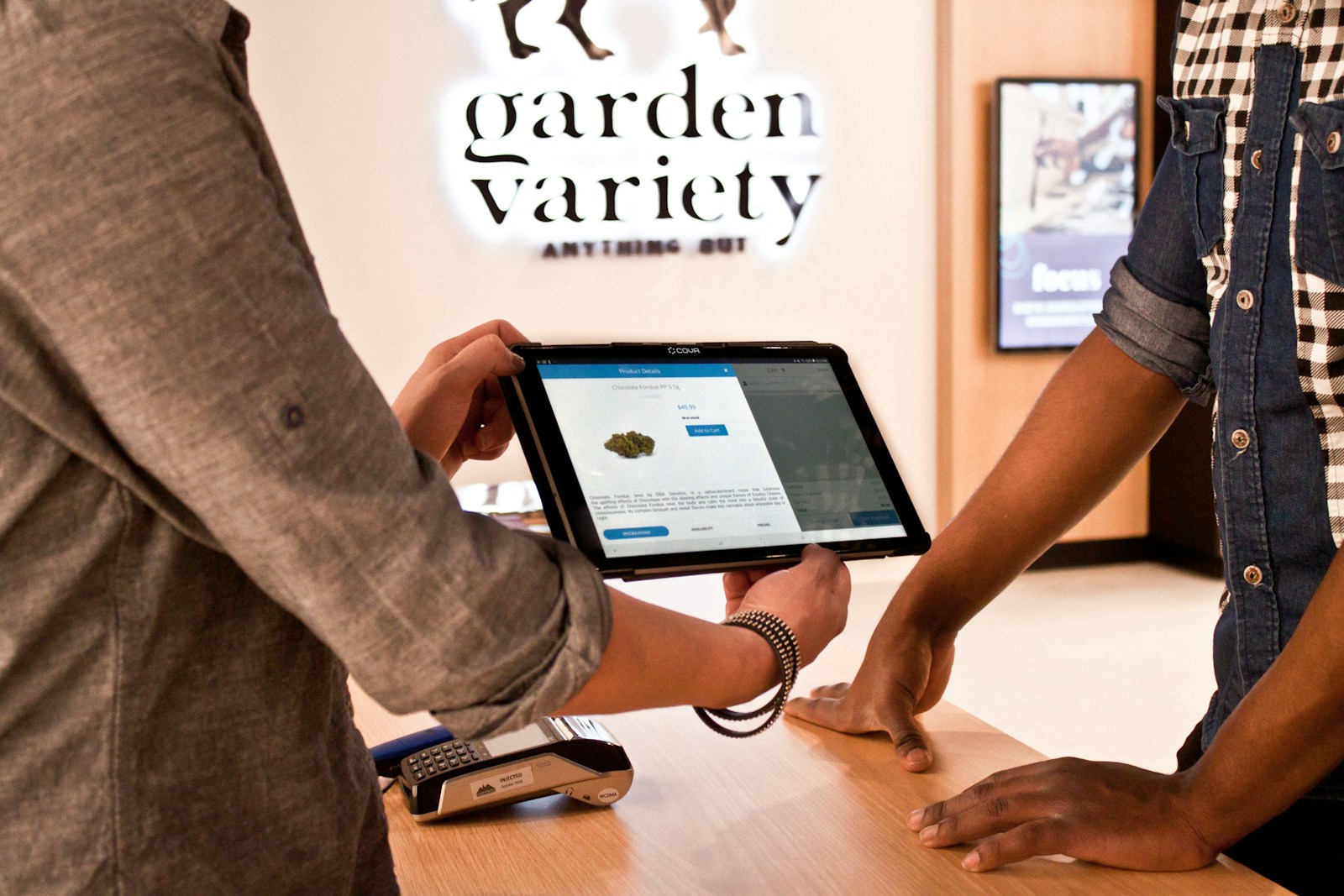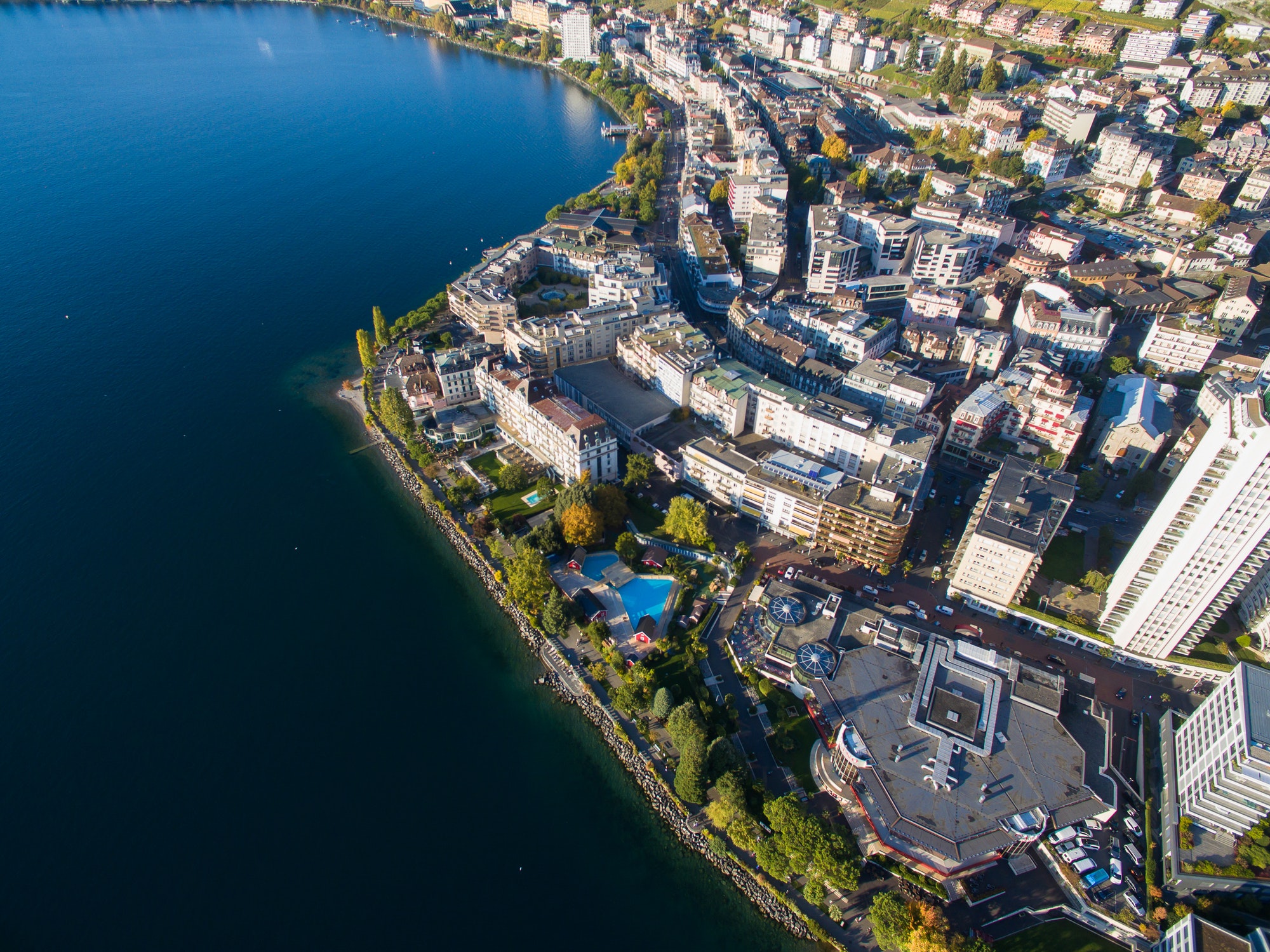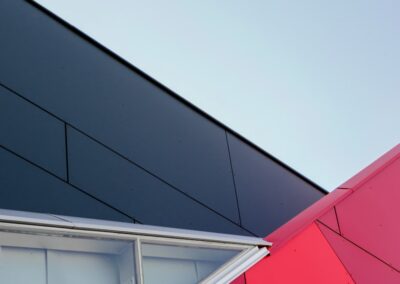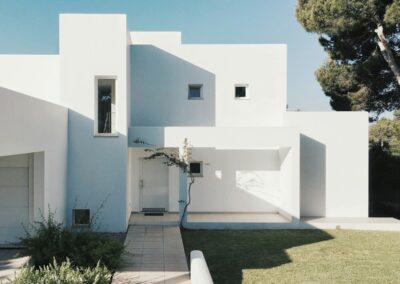Understanding the Impact of Modular Design on IoT Scalability
In the realm of modern technology, the application of modular design in IoT for environmental monitoring plays a crucial role in enhancing scalability and efficiency. Modular design involves dividing a complex system into smaller, interchangeable modules that can function independently but work together seamlessly. This architectural approach is particularly beneficial for large-scale environmental monitoring projects, where flexibility, adaptability, and scalability are essential. In regions like Saudi Arabia and the UAE, where environmental sustainability is a growing focus, implementing modular IoT systems can drive significant advancements in monitoring and management practices.
Scalability Through Independent Modules
The core advantage of using modular design in IoT for environmental monitoring is the ability to scale the system efficiently by adding or upgrading modules without overhauling the entire infrastructure. This flexibility is particularly important in large-scale projects where the scope and requirements may evolve over time. For instance, in a city-wide air quality monitoring initiative in Riyadh, each sensor module can be independently installed and maintained. As new technologies emerge or as the project expands, additional modules can be seamlessly integrated into the existing system. This modular approach ensures that the IoT infrastructure can grow and adapt without significant disruptions or costs.
In Dubai, modular IoT systems are being deployed to monitor coastal water quality. Each monitoring station, equipped with modular sensors, can collect data on various parameters such as temperature, pH, and salinity. The modularity allows for easy replacement or upgrading of sensors as needed, ensuring that the system remains up-to-date with the latest technological advancements. This scalability is crucial for maintaining the effectiveness and reliability of environmental monitoring efforts over the long term.
Enhanced Flexibility and Customization
Flexibility is another significant benefit of modular design in IoT for environmental monitoring. Different environmental monitoring projects have unique requirements, and modular systems can be customized to meet these specific needs. In the UAE, where diverse ecosystems range from deserts to coastal areas, modular IoT solutions can be tailored to address the distinct environmental challenges of each region. For example, a desert monitoring system might focus on soil moisture and temperature, while a coastal system would prioritize water quality and marine life monitoring.
This customization extends to the integration of new technologies and features. Modular IoT systems allow for the incorporation of advanced analytics, AI, and blockchain technologies into specific modules. In Riyadh, AI-powered modules can analyze real-time data from air quality sensors, providing predictive insights and enabling proactive measures to improve air quality. Similarly, blockchain technology can be used in Dubai to ensure the transparency and security of environmental data, fostering trust and collaboration among stakeholders. This level of customization ensures that environmental monitoring systems are both robust and versatile, capable of adapting to evolving technological landscapes.
Cost-Effective Implementation and Maintenance
Implementing modular design in IoT for environmental monitoring also offers significant cost advantages. Traditional monolithic systems can be expensive to install and maintain, particularly when upgrades or repairs are needed. In contrast, modular systems allow for incremental investments, spreading the costs over time and reducing the financial burden on organizations. This approach is particularly beneficial for large-scale projects where budget constraints are a common challenge.
Maintenance and troubleshooting are also simplified with modular systems. Each module operates independently, making it easier to identify and address issues without affecting the entire system. In Saudi Arabia, where large-scale environmental monitoring projects are being rolled out, this ease of maintenance ensures minimal downtime and continuous operation. By reducing maintenance complexity and costs, modular design enhances the overall sustainability and efficiency of IoT systems.
Implementing Modular IoT Systems for Environmental Monitoring
Strategic Planning and Deployment
Successful implementation of modular design in IoT for environmental monitoring requires strategic planning and careful deployment. Organizations must conduct thorough assessments to identify the specific environmental parameters that need to be monitored and select appropriate modules to address these needs. In the UAE, executive coaching services can provide valuable guidance in developing and executing effective IoT strategies. By aligning IoT initiatives with broader environmental and business objectives, companies can ensure that their investments deliver maximum value.
Deployment should be phased, starting with pilot projects to test the effectiveness of the modular design in real-world conditions. In Riyadh, pilot deployments of modular air quality monitoring systems can provide insights into performance, scalability, and integration challenges. These initial deployments allow for adjustments and optimizations before scaling up to full implementation. By adopting a phased approach, organizations can mitigate risks and ensure the success of their modular IoT systems.
Integration with Existing Systems
Integrating modular design in IoT for environmental monitoring with existing systems is crucial for maximizing the benefits of the new technology. Modular IoT systems should be designed to seamlessly interface with legacy systems, ensuring continuity and data consistency. In Dubai, where existing environmental monitoring infrastructure is already in place, modular IoT solutions can be integrated to enhance capabilities and provide additional functionalities. This integration requires robust data management and interoperability frameworks to ensure that data from different modules and systems can be effectively combined and analyzed.
Moreover, businesses should invest in training and support to ensure that employees can effectively manage and utilize the new modular IoT systems. In Saudi Arabia, comprehensive training programs can equip staff with the skills needed to operate and maintain the systems, fostering a culture of innovation and continuous improvement. By prioritizing integration and training, organizations can enhance the overall impact and sustainability of their environmental monitoring efforts.
Continuous Improvement and Innovation
The modular nature of IoT systems inherently supports continuous improvement and innovation. As new technologies and methodologies emerge, they can be easily incorporated into existing modular systems without significant disruptions. This capability is essential for staying ahead in the rapidly evolving field of environmental monitoring. In the UAE, businesses are leveraging executive coaching services to foster a culture of innovation, encouraging teams to explore and adopt new technologies that enhance the effectiveness of their IoT systems.
Regular reviews and updates to the modular IoT systems ensure that they remain aligned with environmental goals and regulatory requirements. In Riyadh, periodic assessments of air quality monitoring systems can identify areas for improvement and integration of new sensor technologies or analytical tools. This proactive approach ensures that environmental monitoring systems are always at the cutting edge, providing accurate and actionable data for informed decision-making.
In conclusion, modular design in IoT for environmental monitoring offers significant advantages in terms of scalability, flexibility, and cost-effectiveness. By adopting modular IoT systems, organizations in Saudi Arabia, the UAE, Riyadh, and Dubai can enhance their environmental monitoring capabilities, drive innovation, and achieve long-term sustainability. As the demand for effective environmental management continues to grow, the benefits of modular design will play a crucial role in shaping the future of IoT applications in this field.
#ModularDesign #IoTScalability #EnvironmentalMonitoring #SmartTechnology #BusinessSuccess #UAEInnovation #SaudiArabiaTech #DubaiSmartCity #RiyadhTechnology #DigitalTransformation




